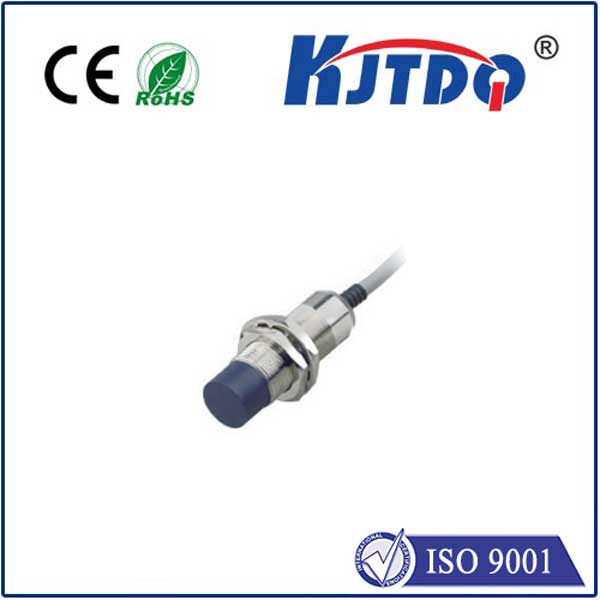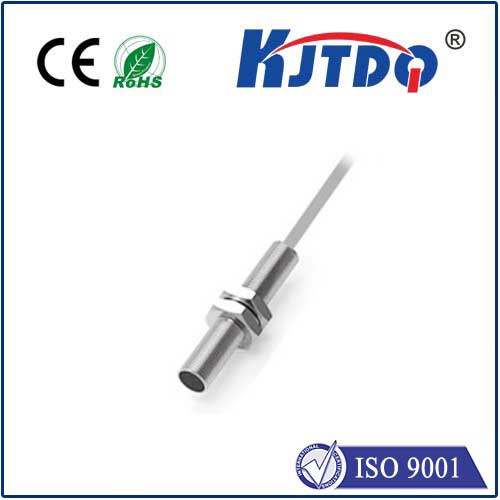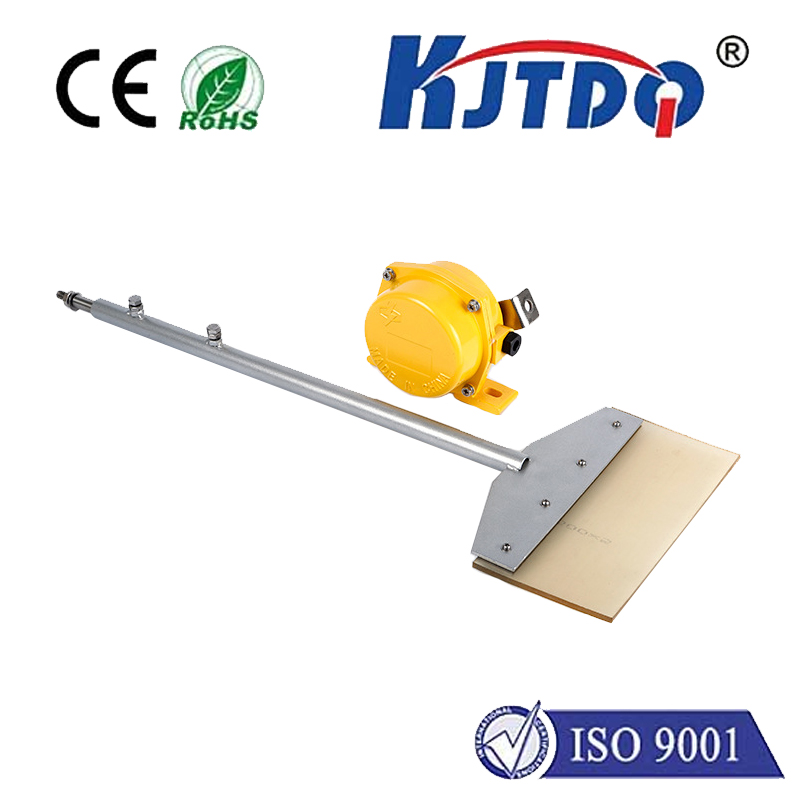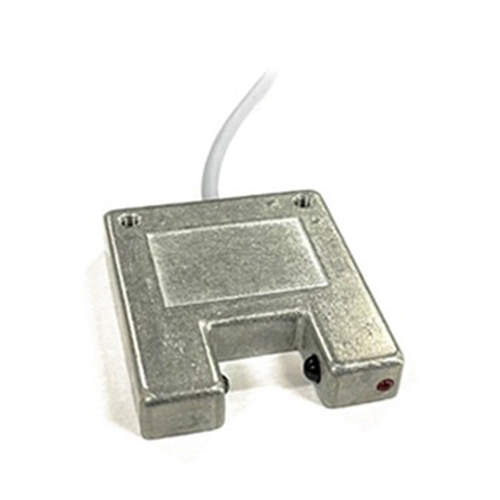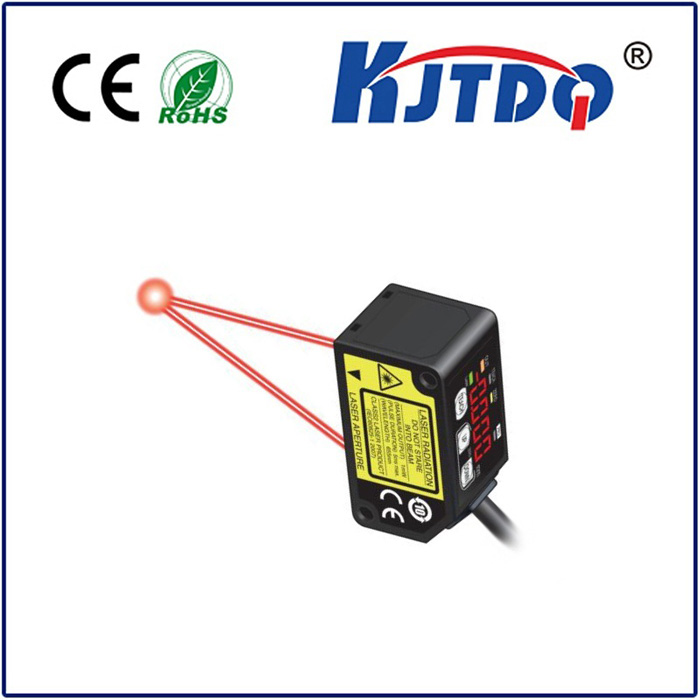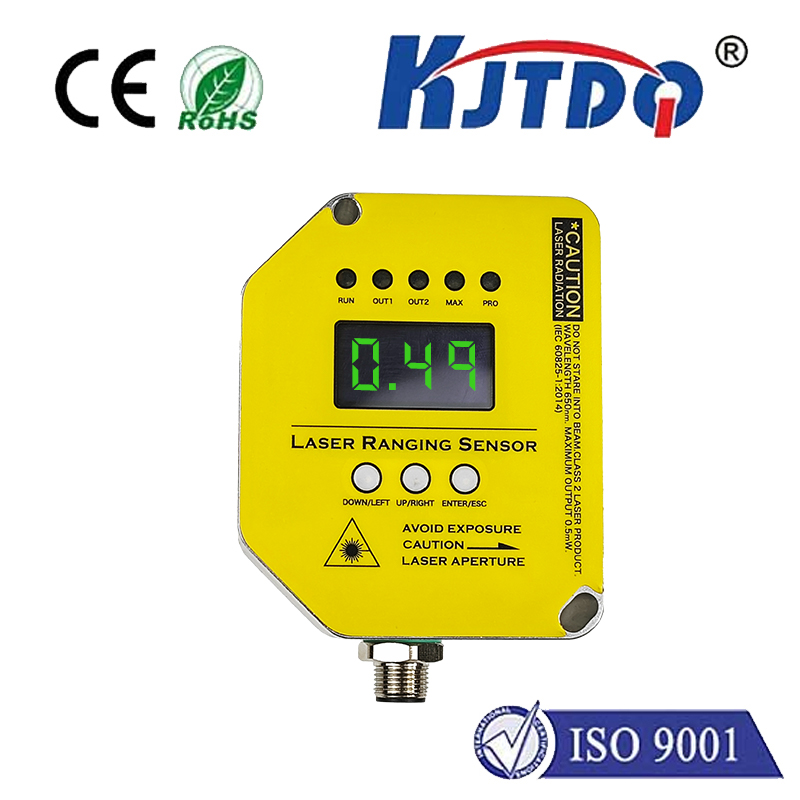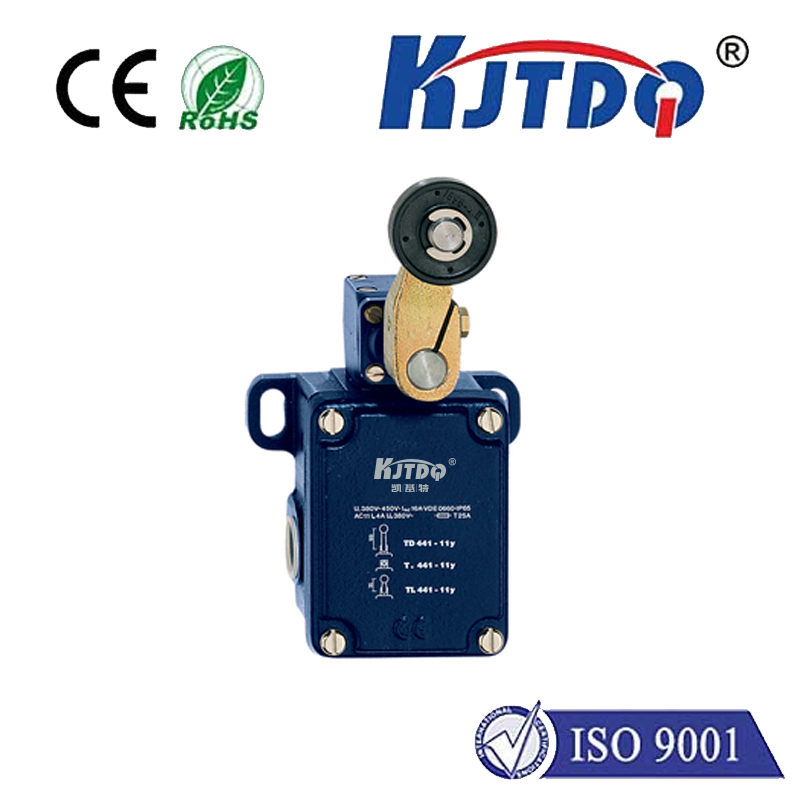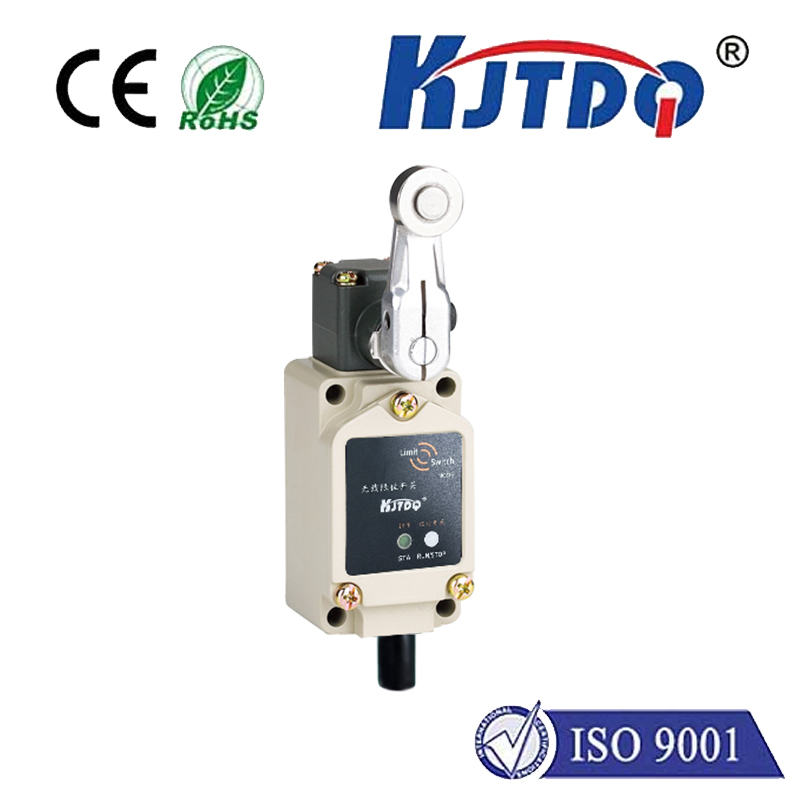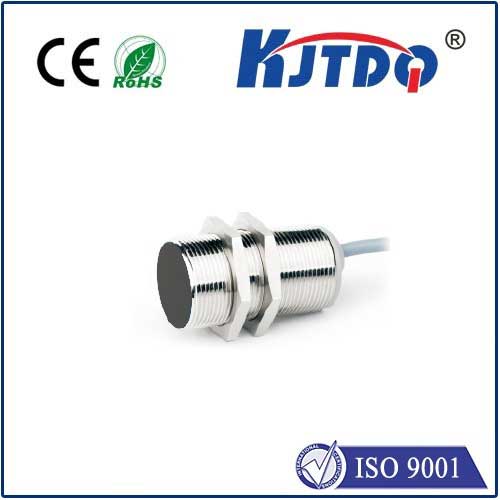photo sensor npn
- time:2025-07-24 01:16:38
- Click:0
Mastering NPN Photoelectric Sensors: The Industry Standard for Detection
Imagine a bustling factory assembly line: components whizz by, robotic arms make precise movements, and products are boxed seamlessly. Silent guardians within this orchestrated chaos are photoelectric sensors – and among them, the NPN type reigns supreme. This ubiquitous sensor technology forms the invisible backbone of detection and control in countless automated systems. But what exactly does “photo sensor NPN” signify? Let’s delve into the core principles, advantages, and applications that make this combination fundamental to modern industry.
At its heart, a photoelectric sensor detects the presence, absence, or distance of an object using light. The core concept involves two parts: an emitter (usually an LED that projects infrared, visible red, or laser light) and a receiver (a photodiode or phototransistor sensitive to that specific wavelength). The key action happens when the emitted light beam is either interrupted by an object (diffuse or thru-beam modes) or reflected back to the receiver (retro-reflective mode). This change in light intensity at the receiver is the signal indicating an object’s position.
This is where the “NPN” designation becomes critically important. It refers to the type of transistor used in the sensor’s output stage, determining how the sensor electrically communicates its detection state (ON/OFF) to control devices like Programmable Logic Controllers (PLCs), counters, or relays. An NPN transistor is a fundamental semiconductor component.
In an NPN output configuration:
- Internal Control: The transistor is controlled internally by the receiver circuit. When the light beam is undisturbed (no object detected), the transistor is typically OFF (non-conducting).
- Detection Event: When an object interrupts the light beam (or reflects it back, depending on mode), the receiver triggers a signal.
- Output Activation: This signal switches the NPN transistor ON (conducting).
- Current Sinking: With the NPN transistor ON, it effectively provides a path to ground (0V) for the electrical load connected to the sensor’s output wire. Think of it as the sensor “sinking” current into itself. The load device (like a PLC input module) must be wired so that it provides a positive voltage source (+V, often +12V or +24V DC) through the load, to the sensor’s output terminal. When the sensor activates (transistor ON), it completes this circuit to ground, allowing current to flow and signaling detection by pulling the load input low.
- Key Terminology: This is known as a sinking output because the active sensor sinks current to ground.
Why is the NPN Photoelectric Sensor So Predominant?

The NPN output architecture holds several compelling advantages that have cemented its position as the de facto standard, particularly in many global markets outside the Americas:
- Safety by Design: NPN sensors inherently act as sinking outputs. They close the circuit to ground when active. This design offers a significant safety benefit: if the sensor’s output wire accidentally shorts to the power supply voltage (+V), the sensor cannot source current to cause a short circuit. The potential short is isolated. This inherent fail-safe characteristic is highly valued in industrial environments.
- Compatibility: Photoelectric sensors with NPN outputs are ideally matched to control systems like PLCs and PACs (Programmable Automation Controllers) designed with sinking input cards. These input cards are very common globally. When the NPN sensor activates (sinking current), it pulls the PLC input terminal low, a state easily recognized by the controller.
- Standardization & Simplicity: Due to their widespread adoption, NPN sensors represent a mature and standardized technology. This prevalence simplifies sourcing, wiring practices, and troubleshooting for maintenance personnel and system integrators globally. The wiring logic becomes familiar and repeatable.
- Cost Efficiency: The widespread manufacturing scale for NPN transistors and associated driver circuits often translates into a slight cost advantage for NPN output sensors compared to their PNP counterparts.
Understanding PNP: The Complementary Counterpart
To fully grasp the context, mentioning the PNP (Positive-Negative-Positive) transistor output is essential. A PNP output sensor works inversely to NPN:
- It acts as a sourcing output.
- When active (object detected), the PNP transistor switches ON, connecting the load to the positive supply voltage (+V).
- This pulls the load input high to signal detection.
- Photoelectric sensors with PNP outputs are commonly paired with sourcing input PLC modules.
While both are valid, the dominance of sinking input PLC cards in many regions explains the prevalence of NPN photoelectric sensors. Their inherent short-circuit protection provides an extra layer of safety.
Key Applications Powering Automation
The versatility and reliability of NPN photoelectric sensors make them indispensable across diverse sectors:
- Object Detection on Conveyors: Detecting presence/absence of boxes, bottles, or parts moving down a line (essential for counting, sorting, stopping conveyors).
- Level Control: Monitoring fill levels in bins, hoppers, or tanks (often using diffuse or retro-reflective sensors).
- Position Verification: Confirming components are correctly oriented or seated before a robotic arm proceeds (critical for assembly line quality control).
- Simple Counting: Tallying objects passing a point.
- Security & Safety: Used in safety light curtains (though these operate via specialized safety controllers) and intrusion detection systems.
- Packaging Machinery: Controlling product feed, wrapping actions, and sealing operations.
- Material Handling: Detecting pallets at load/unload stations or guiding AGVs (Automated Guided Vehicles).
Selecting the Right Photo Sensor NPN
Beyond the output type (NPN is usually the safest first choice globally unless specified otherwise), selecting the optimal photoelectric sensor requires considering:
- Sensing Mode: Thru-beam (longest range, most reliable), Retro-reflective (long range, easy alignment), or Diffuse (senses object close to sensor head).
- Detection Range: How far away the object needs to be reliably detected.
- Target Characteristics: Size, material, color, surface finish (shiny vs. matte).
- Environmental Factors: Exposure to dust, moisture, chemicals, vibration, or temperature extremes.
- Light Source: Infrared (immune to ambient light), Red LED (visible for ease of setup), Laser (precision detection).
- Output Configuration: Standard NPN, plus options like Normally Open (NO) or Normally Closed (NC).
- Housing & Connection Type: Cylindrical vs. block style; cable or connector.
Understanding the term “photo sensor NPN” unlocks a critical aspect of industrial automation. The NPN photoelectric sensor, functioning as a sinking output, offers a robust, safe, and highly compatible solution for object detection. Its fundamental role in enabling precise control – from ensuring product quality on fast-moving lines to safeguarding personnel – underscores why this seemingly simple combination of light and semiconductor technology remains an enduring industry standard powering modern manufacturing and beyond.






